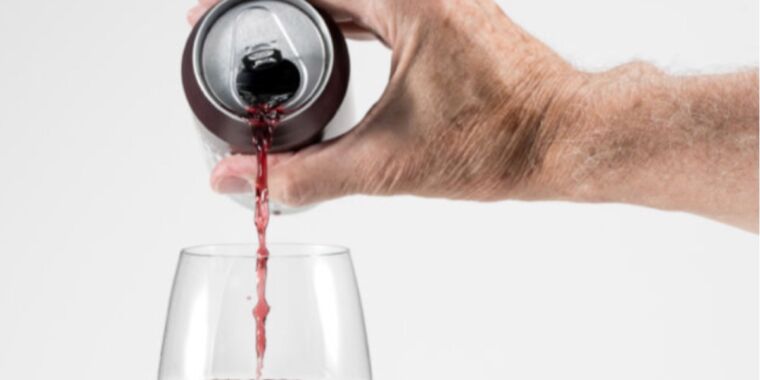The Appeal of Canned Wines in Modern Times
Despite the disdain of traditional wine enthusiasts, canned wines have gained significant traction across various demographics, especially among younger generations seeking convenience during the summer season. While these portable beverages offer practicality for social occasions like concerts or poolside gatherings, they are not without their challenges. The potential for canned wines to spoil quickly, resulting in unpleasant odors reminiscent of rotten eggs or dirty socks, poses a significant dilemma for winemakers.
A Deep Dive Into The Research
A group of dedicated scientists at Cornell University undertook a comprehensive study to investigate the complex chemistry behind the degradation of canned wines. Their findings, detailed in a recent research paper published in the esteemed American Journal of Enology and Viticulture, shed light on the key compounds contributing to these undesirable aromas.
“The current generation of wine consumers coming of age now, they want a beverage that’s portable and they can bring with them to drink at a concert or take to the pool,” emphasized Gavin Sacks, a distinguished food chemist at Cornell. “That doesn’t really describe a cork-finished, glass-packaged wine. However, it describes a can very nicely.”
Historically, the foray into canned wine production faced numerous setbacks. Notably, early attempts by US wineries in the 1930s and subsequent endeavors in the following decades encountered various obstacles, ranging from mold contamination to structural integrity issues. The persistent challenges in maintaining wine quality within aluminum cans highlighted the crucial role of plastic coatings that rapidly degraded, leading to off-putting odors and limited shelf life.
The Evolution of Canned Wine in the Market
Advancements in packaging technology in the early 2000s marked a turning point for the canned wine industry, propelling its popularity beyond Asian markets to regions like Australia, New Zealand, the US, and the UK. Projections indicate a substantial growth trajectory for canned wine sales in the US, with estimations soaring from $643 million in 2024 to a striking $3.12 billion by 2034, signifying a robust compound annual growth rate of 10.5%.
While the realm of canned wine predominantly features spritzers, wine coolers, and more affordable rosés, whites, or sparkling variants, prominent producers like EJ Gallo and Francis Ford Coppola Winery have carved out a niche in this evolving market landscape. The allure of canned wine lies in its versatility and convenience, catering to outdoor escapades, social gatherings, and eco-conscious consumers seeking sustainable packaging solutions.
Exploring the Advantages of Canned Wines
Setting aside the purists’ reservations, canned wines offer a myriad of practical benefits—from enhanced portability for outdoor activities to portion control advantages and eco-friendliness. Moreover, the aluminum packaging presents a more sustainable alternative to traditional glass bottles, with recyclability as a pivotal feature.
As the canned wine industry continues to thrive and innovate, ongoing research endeavors aim to address lingering challenges related to corrosion, leakage, and off-putting aromas. By unraveling the underlying chemical processes and refining preservation techniques, winemakers strive to elevate the quality and longevity of canned wines, ensuring a delightful sensory experience for consumers worldwide.
Image/Photo credit: source url





